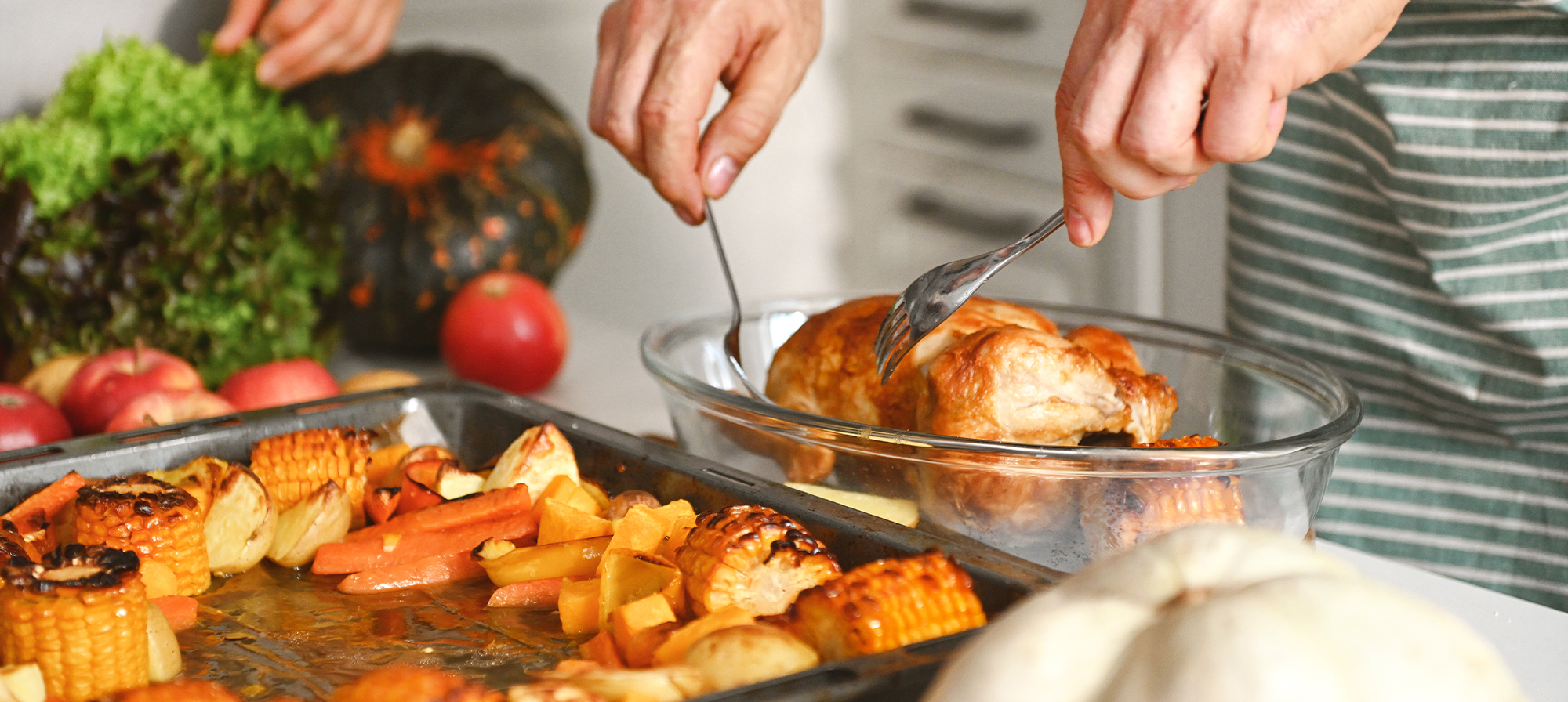Potatoes often get a bad rap on the weight loss scene. But if eaten in moderation and made in healthy ways, they won’t derail your weight loss efforts.
Potatoes are better for you than you might think
It’s a myth that potatoes are not very nutritious. Spuds are high in fiber, vitamins C and B6, potassium, magnesium, and iron. And they’re rich in antioxidants, too, which may help keep inflammation in check. Eating nutrient-rich foods is even more vital to your health and well-being as you age.

Potatoes keep hunger at bay
The fiber in potatoes makes them extra filling. This can only help, not hurt, your weight loss efforts. Plus, one medium potato has only about 130 to 165 calories. So, long as you’re not smothering them in butter, cheese, and sour cream, you should be OK. They can be a tasty yet low-calorie way to help keep hunger in check.
Potatoes can raise your blood sugar
Because potatoes are high in starch, they tend to be high on the glycemic index. This means they can cause a sudden spike in your blood sugar. So, keep your potato portions small and cover some of your plate with a less starchy type of veggie, too. You might pair your spud with some steamed broccoli or a dark leafy green salad. Add some lean protein and you have a healthy meal.
If you have prediabetes or diabetes, talk with your doctor or dietitian before adding spuds to your food plan.

Healthy ways to prep your potatoes
Check online for healthy recipes. White, yellow, red, purple, and sweet potatoes give you so many options to choose from. To get the most fiber and nutrients from potatoes, keep the skins on. And skip the fries, au gratin, or fried hash browns. Bake, boil, roast, or grill your spuds instead.

Skinny toppings for your tubers
For starters, check out these healthy tweaks to the classic baked potato. Skip the sour cream, butter, and bacon bits. Dress up your baked spud with these 3 flavorful toppings, instead:
- Mediterranean spud: Top your baked potato with steamed broccoli, diced garlic, tomato, fresh basil, and a dash of olive oil and balsamic vinegar.
- Hot and spicy spud: Throw some diced peppers, onion, salsa, and cilantro onto your baked spud. Top with a light sprinkling of shredded cheese or cooked black beans.
- Creamy and tart spud: Top with plain Greek yogurt, a spritz of lemon, sliced green onions, and a sprinkling of roasted, unsalted sunflower seeds.
Can potatoes spoil and become toxic?
Potatoes that have turned green or started to grow sprouts tend to form a toxin called solanine. It can cause fairly severe GI tract and central nervous system symptoms. If your potatoes have turned green, toss them, whether they have sprouts or not. If they are not green, but have a few sprouts, it’s safe to eat them if you cut the sprouts off first.
Not a Silver&Fit® member? Learn more about everything the program has to offer, including more helpful healthy living tips like this, here on our website.
This information is not intended to take the place of regular medical care or advice. Please check with your doctor before using this information or beginning any self-care program. Images used for this article do not depict any members of the Silver&Fit program.
References
Bellissimo, N., Amalrai, R., Lee, J. J., Brett, N. R., Totosy de Zepetnek, J., Proteau, S., & Rousseau, D. (2020). Effect of white potatoes on subjective appetite, food intake, and glycemic response in healthy older adults. Nutrients, 12(9), 2606. https://doi:10.3390/nu12092606
McGill, C. R., Kurilich, A. C., & Davignon, J. (2013). The role of potatoes and potato components in cardiometabolic health: A review. Annals of Medicine, 45(7), 467-473. https://doi:10.3109/07853890.2013.813633
Medline plus. (2023, November 2). Potato plant poisoning –green tubers and sprouts.
https://medlineplus.gov/ency/article/002875.htm
FRESH. (2017) Potato reference guide. https://potatogoodness.com/wp-content/uploads/2019/05/potato-types-reference-guide.pdf
Robertson, T. M., Alzaabi, A. Z., Robertson, D. M., & Fielding, B. A. (2018). Starchy carbohydrates in a healthy diet: The role of the humble potato. Nutrients, 10(11), 1764. https://doi:10.3390/nu10111764
Sparks, D. (2019, October 17). Making Mayo’s Recipes: A guide to ingredient substitutions. Mayo Clinic News Network.
https://newsnetwork.mayoclinic.org/discussion/making-mayos-recipes-a-guide-to-ingredient-substitutions/
Zaheer, K., & Akhtar, M. H. (2016). Potato production, usage, and nutrition. Critical Reviews in Food Science and Nutrition, 56(5), 711-721. https://doi:10.1080/10408398.2012.724479
This article was written by Gail Olson, edited by Candace Hodges, and clinically reviewed by Elizabeth Thompson, MPH, RDN, on November 25, 2024.





